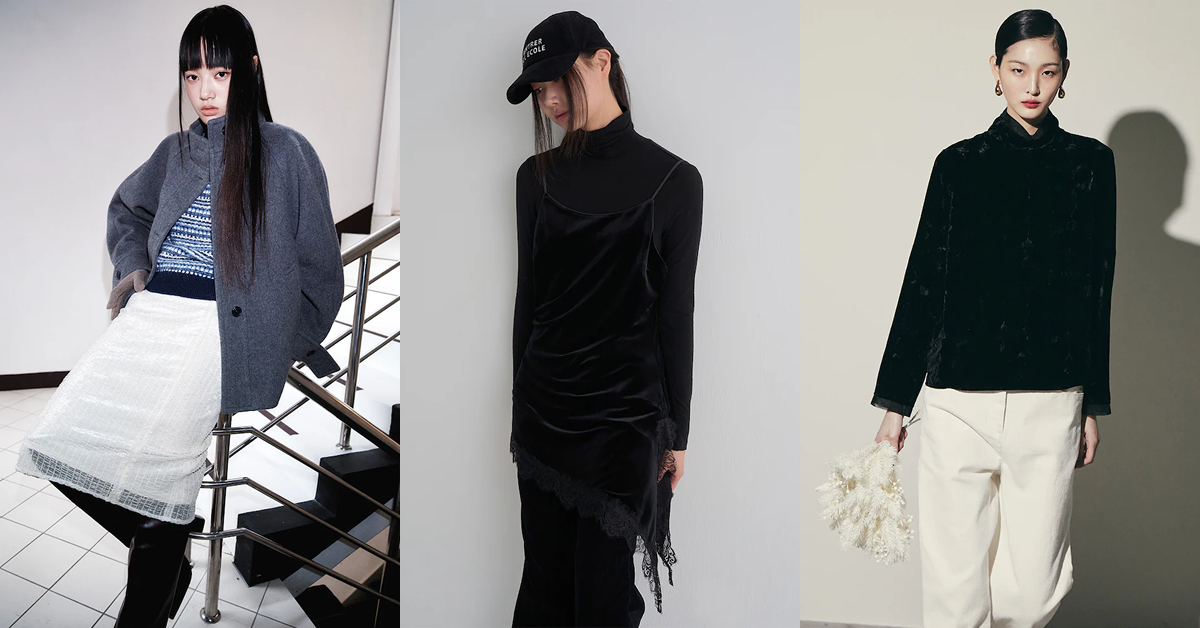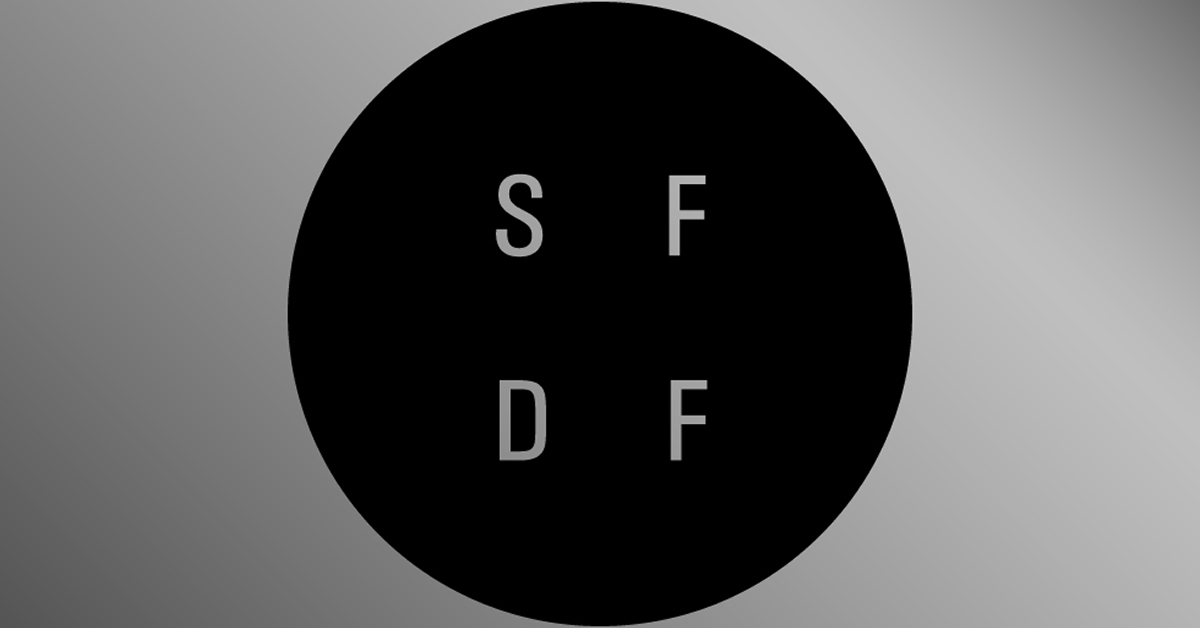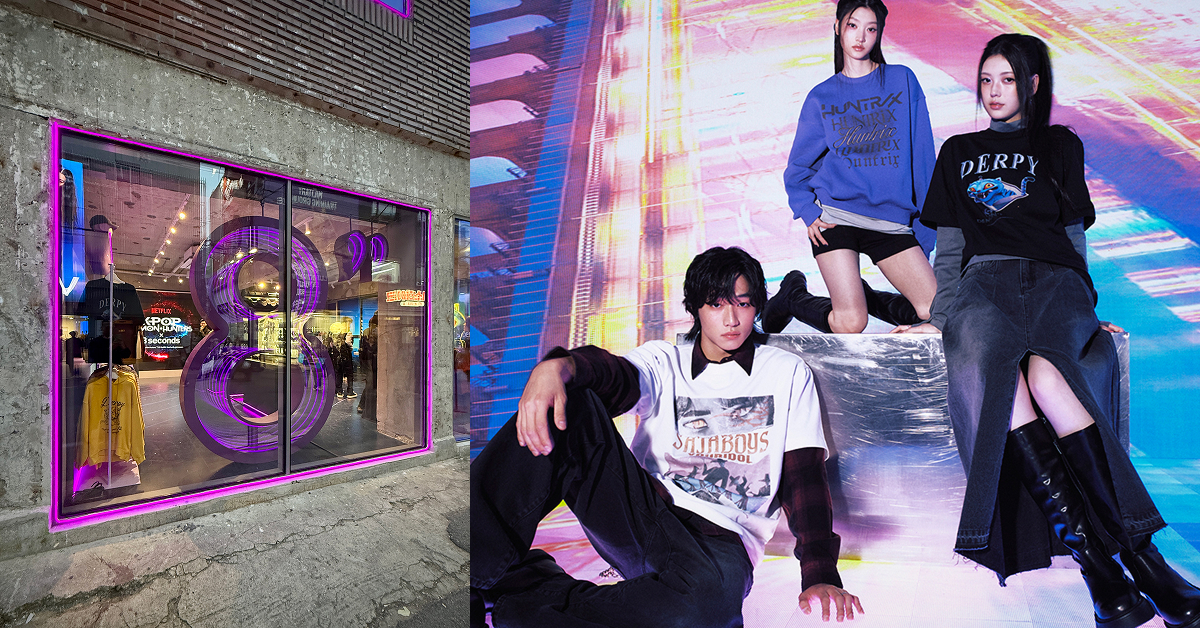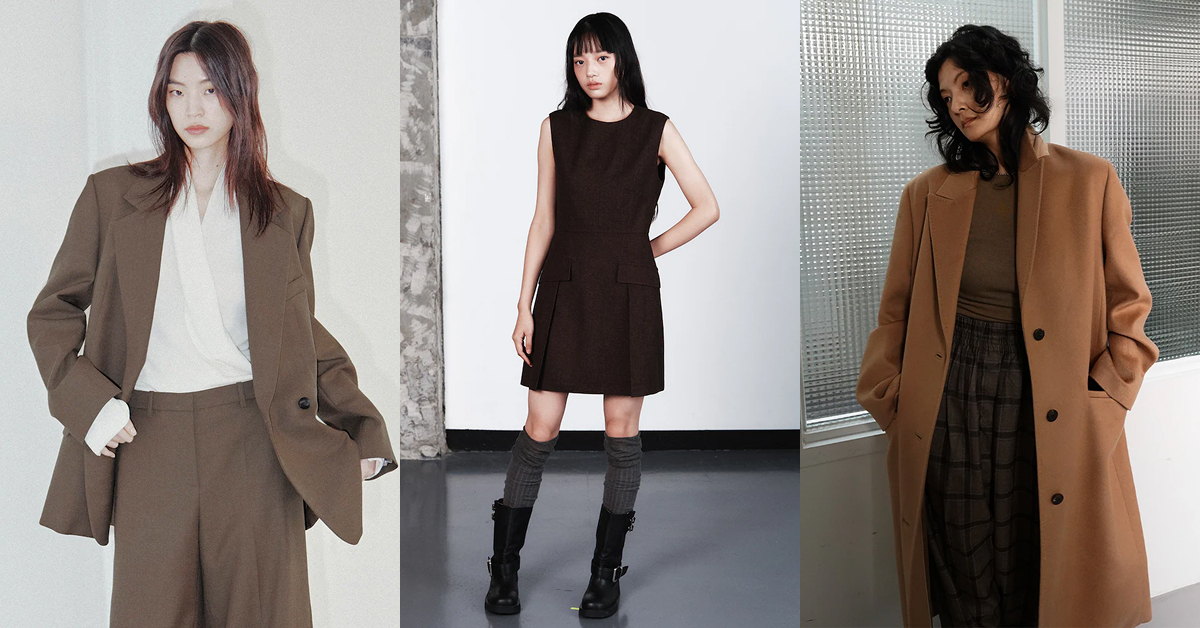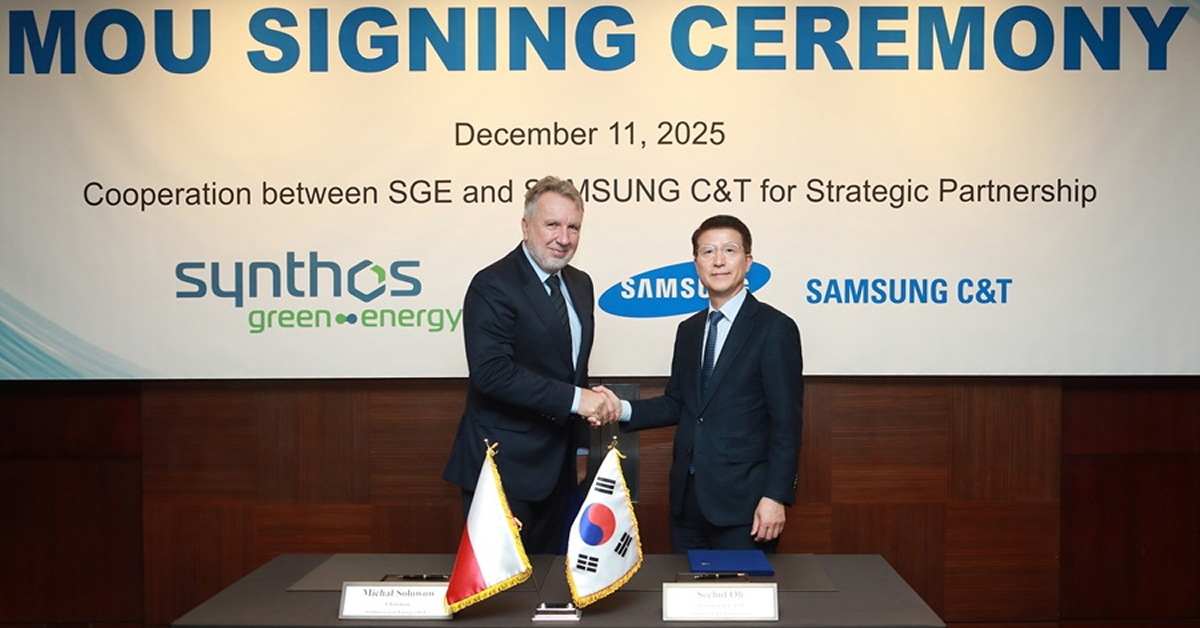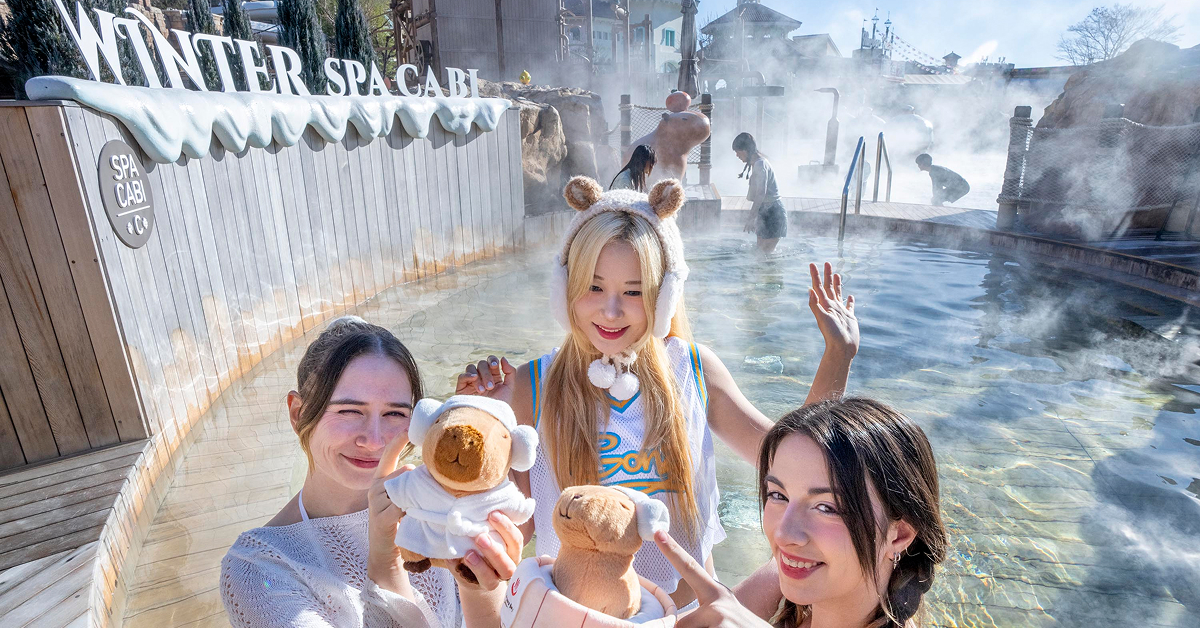Discover the Samsung Fashion Research Institute’s outlook for the fashion industry in 2025, exploring the challenges posed by declining consumer sentiment and rising living costs. This year is all about finding SPARKS of opportunity for growth in the face of adversity.
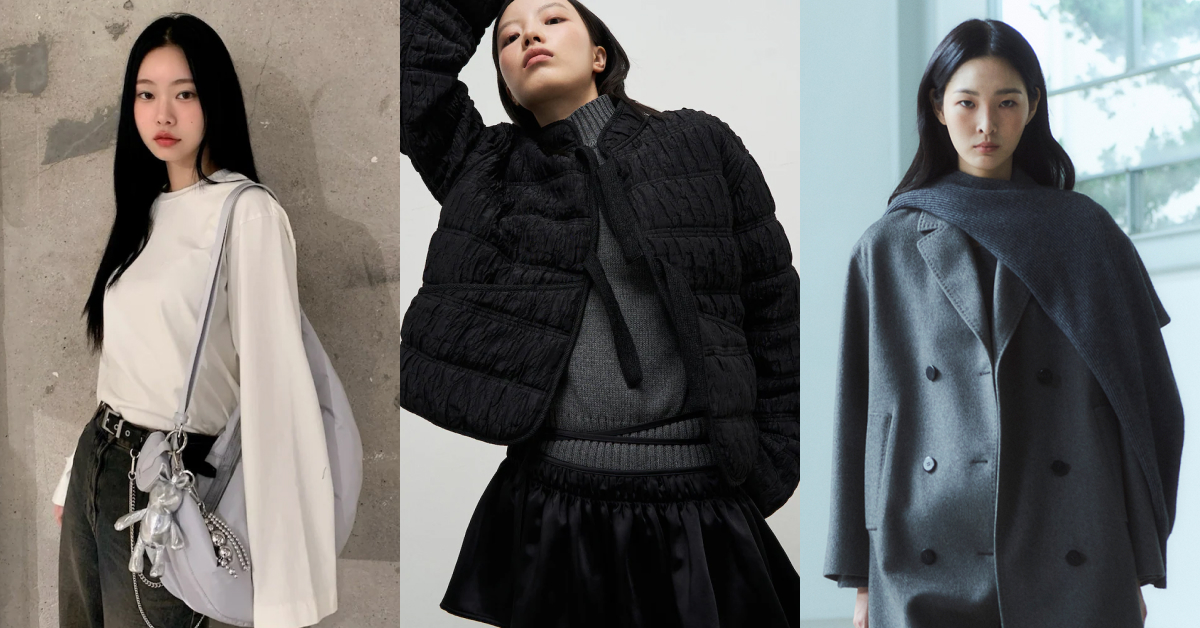
Samsung Fashion Research Institute and global fashion experts predict a challenging year for the fashion industry in 2025. With consumers tightening their belts amid a rising cost of living, growing political instability, and the escalation of climate change and its impacts, priorities are shifting away from buying the latest trending fashion items. Consumers are opting instead for affordability and items that align with individual values and unique aesthetics. Samsung Fashion Research Institute is optimistic about the year ahead, coining the keyword “SPARKS” for this year to convey small moments of opportunity for business growth in the global fashion market.
In this article, we take a deep dive into the fashion market outlook for 2025, supported by research from Samsung Fashion Research Institute and “The State of Fashion 2025: Challenges at Every Turn,” the ninth edition of McKinsey & Company and The Business of Fashion’s (BoF) annual report.
2025 Fashion Market Outlook: The Keyword is “SPARKS”
Im Ji-yeon, Head of the Samsung Fashion Research Institute, outlines, “The fashion market is bracing for slow growth in 2025. Consumer sentiment around clothing remains low, and rising inflation is making consumers even more cautious about spending.” She added, “Amid the escalation of climate change, economic uncertainty, and shifting customer behaviors, the outlook is far from optimistic for many brands.”
However, she emphasized, “Even in challenging times, small opportunities always exist. Multiple sparks of potential can ignite and grow into a thriving, growth-oriented business. With this hopeful vision in mind, I propose ‘SPARKS’ as the key theme for next year.”
S: Silent Depression
As we look ahead to 2025, the fashion industry is facing a continued growth slowdown, posing significant challenges to brands worldwide. This deceleration is closely tied to declining consumer sentiment, as reflected in Q3 2024 performance results, and ongoing political instability. On social media platforms like TikTok, netizens have labeled this era as the “Silent Depression.”
This market slowdown is emerging across all sectors of the online and offline fashion industry, including the once-resilient luxury fashion industry, which is expected to decline in 2025. The McKinsey Global Fashion Index predicts that non-luxury fashion will drive economic profit in 2024 for the first time since 2010 (excluding Covid-19).
- Declining Consumer Sentiment
Fashion and clothing are becoming a lower priority for consumers across all demographics as they shift to spending money in other areas. Research by the Samsung Fashion Research Institute shows that young female consumers who once showed high interest in fashion are now focusing their spending on items such as food, beverages, and beauty products.
- Shifting to Target the Silver Generation
To move beyond trend-driven younger audiences and foster growth, brands should focus on more economically stable consumers in the “Silver Generation,” consumers over 50. While challenges persist, this period also offers opportunities for bold, innovative players to stand out and reshape this market to meet the unique needs of the Sliver Generation. According to McKinsey and BoF’s “The State of Fashion 2025,” people aged 50 and older will account for 48 percent of incremental growth in global spending in 2025.
P: Persona Consumption
A new pattern of “persona consumption” is emerging among Gen-Z consumers, who can identify their aesthetic and style and actively shop for brands to match it. Gen-Z consumers are more likely to buy from brands with distinct personalities, where the brand’s values are highlighted in the product and the brand’s identity, moving away from brands that cater to the masses. Influencers with strong fan bases are becoming more influential in the fashion market, and brand directors are becoming brand muses. Brands that can communicate their values and unique aesthetics to consumers will perform well among the younger generations.
A: Anti Algorithm
There is a growing shift toward embracing the freedom of fashion, moving away from traditional fashion trends that are perpetually reproduced by algorithms on social media.
- Case Study: Prada’s Spring/Summer 2025 Collection
Prada, a brand that has consistently set the agenda for the fashion industry each season, made headlines with its Spring/Summer 2025 collection. Instead of following a seasonal theme, the collection focused on individual looks. The designs featured a blend of timeless elements within a single outfit, unconventional styling, and an overall aesthetic reminiscent of contemporary art. This approach was an intentional effort to highlight the kind of originality that only humans can create in a world increasingly dominated by algorithms.
- The Anti-Trend: Chaotic Customization
Among Gen Z, who view fashion and style as extensions of their identity, we see instances of what is being called “chaotic customization.” Attaching various bag charms to a single purse or customizing sneakers are acts of rebellion against uniform trends and the creative stagnation of mainstream fashion’s repetitive styles. These actions serve as powerful expressions of individuality. The evolving fashion environment increasingly allows for customization and personalization, further supporting the rise of unique styles that push back against the mechanical algorithm-driven concept of fashion trends.
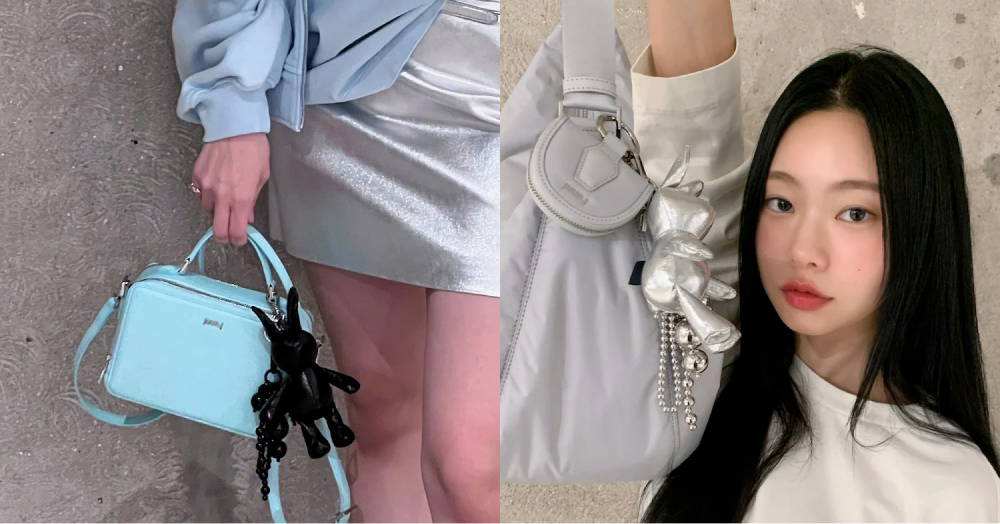
R: Revamping the Shopping Experience
In an era of declining desire and cautious spending, enhancing the in-person shopping experience is critical. Consumers are experiencing an overwhelming amount of choice when shopping, which can negatively impact brands. Curating a streamlined and personalized experience, especially in online marketplaces, is key. Evolving generative AI technologies are playing a key role in matching customer needs and product recommendations during the search and discovery phase. Advances in hyper-personalized product recommendations and content curation are expected to improve the customer experience significantly.
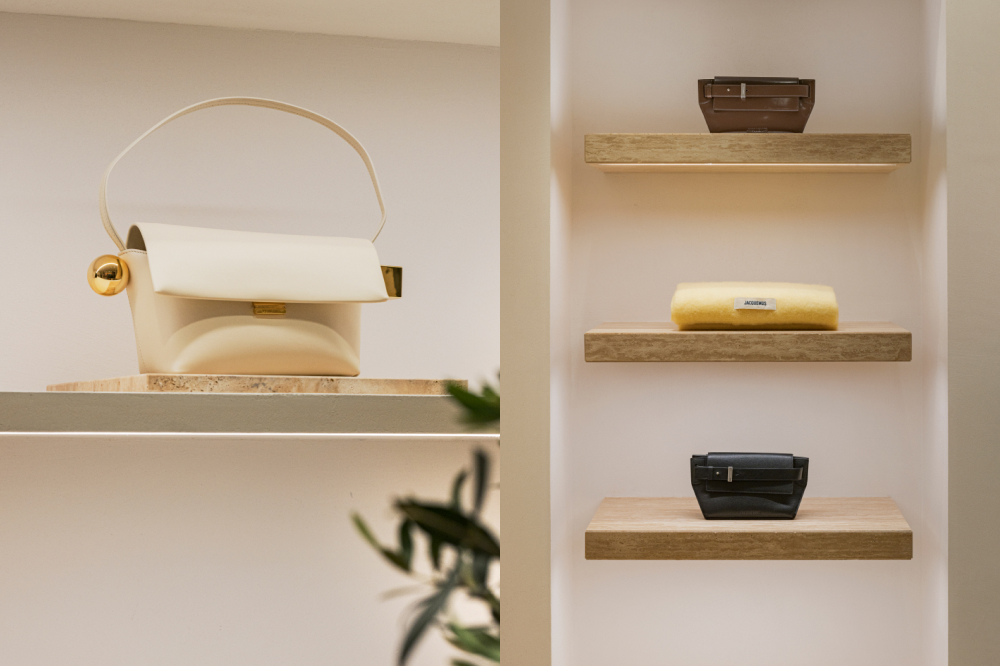
K: The Key is in the Social Media Market
We’ve already seen the impact of social media on fashion. If you can’t scroll through an app on your phone without seeing the latest “cores” (e.g. Cottagecore, Normcore etc.) and aesthetics on your feed, you are already experiencing the power of fashion and social media. According to Samsung Fashion Research Institute’s own research, video platforms and social media are already the primary channels for fashion information among trend-conscious consumers in their teens and 20s.
Social media platforms such as YouTube and Instagram have introduced commerce features to enhance in-app shopping. While social media shopping features are still in the process of being introduced in the global market, they are expected to grow significantly next year as their potential is realized. Pinterest, an important social network for style discovery, is also investing in AI for in-app commerce to provide easier shopping opportunities and is expected to make further progress with features such as AI collages that curate shoppable content.
S: Sincere Loyalty
The fashion industry in 2025 will see brands needing to prioritize building consistent emotional connections with consumers. Even in challenging economic conditions, fostering small but meaningful interactions can lay the groundwork for future growth.
In the age of fandoms, every consumer has the potential to become a brand ambassador. Even if immediate spending is limited, creating moments of connection can ignite loyalty, setting the stage for renewed growth when conditions improve. By embracing creativity, personalization, and meaningful relationships, the fashion industry can turn sparks of potential into a brighter future.
Looking Ahead
As we navigate through these uncertain times, fostering genuine connections and adapting to evolving consumer needs will be crucial. With a focus on understanding, authenticity, and innovation, the fashion industry can overcome challenges and embrace a future of sustainable growth and renewed success. We look forward to seeing how the fashion industry responds to challenges and overcomes hardships in the year ahead.


